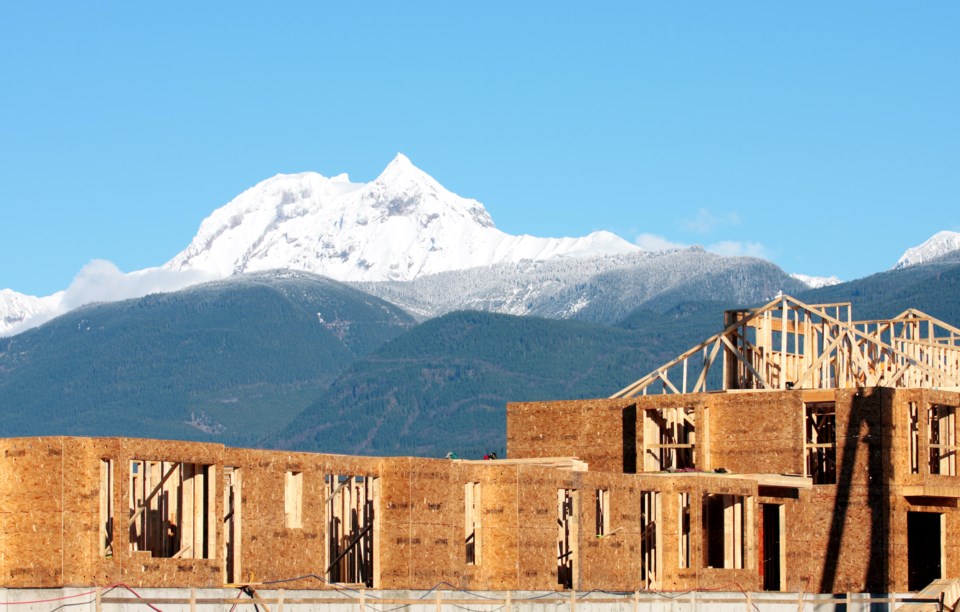The “” of the past that set anti-logging environmentalists against the forestry industry has morphed into “the war in the 'hoods.” It pits individuals and neighbourhood coalitions, who are adamantly opposed to the rapid proliferation of Smart Growth-driven high-density housing, against persuasive developers and civic administrators.
And it continues to gain traction with each new condo complex that germinates in existing neighbourhoods throughout this community.
At a “Density and Public Health” open house hosted by the District last May the punch line was “increased density can make Squamish a more equitable community for all residents.”
An additional takeaway from that gathering was “increasing density improves our physical and mental health, and keeps our environment healthy by increasing activity levels, promoting social connectedness, and reducing emissions and our ecological footprint.”
But a growing number of residents are challenging the official District of Squamish party line. Critics of the doctrine of high-density infill point to a profusion of negative outcomes. Frequently highlighted are traffic snarls, lack of parking, overburdened services and facilities, and the growing strain on infrastructure. Many claim more of the windfall from eased parking requirements negotiated by developers for cash in-lieu-of arrangements needs to trickle down to the community. With hundreds of municipal tax-generating condos already built, or in the pipeline, they wonder why the District needs an extra $1.3 million infusion from taxpayers next year.
In an opinion piece posted on the website, local digital marketing professional, Gord Addison said the Community Amenity Contribution bylaw implemented in 2018 clearly lays out payments the municipality will collect from rezoning applications.
“Shockingly, these amounts are a mere fraction of what a reasonable and fair contribution should be from developers in Squamish,” he added.
After five years of relentless stack-and-pack condo construction, the negative reaction on social media is becoming hard to ignore. Buoyed by online forums, high-density housing aversion is gradually coalescing into a grassroots movement.
A groundswell of opposition to rapid growth and densification emerged during a recent town hall event organized by the Stop the Squamish Infill consortium. The meeting was held in response to a real estate flyer delivered to homes in the Garibaldi Estates advising residents higher density may be on the horizon given the municipality’s pending neighbourhood planning process for the Estates.
Residents were concerned that densification would lead to a host of disruptive impacts and threaten the historic veterans’ lands in the area.
According to one speaker, “Developers aren’t here to provide affordable housing. They’re here to make a lot of money, and Squamish is ripe for the picking.”
Prior to the town hall gathering, an anti-density petition circulated by the group and subsequently presented to council garnered over 400 signatures.
With that in mind, pay heed all ye movers and shakers at muni hall, the Smart Growth high-density juggernaut is about to get wobbly.
Political columnist Helmut Manzl is back writing about muni hall for The –°¿∂ ”∆µ twice per month.




